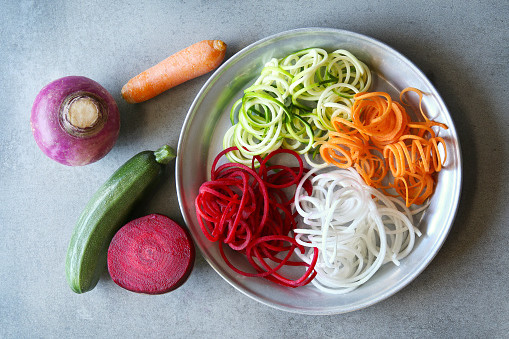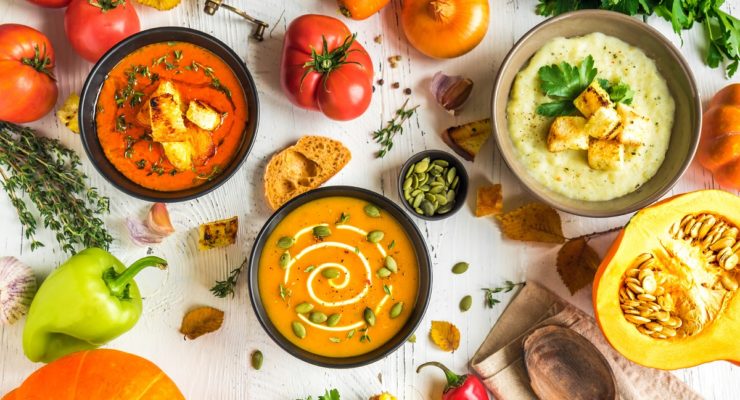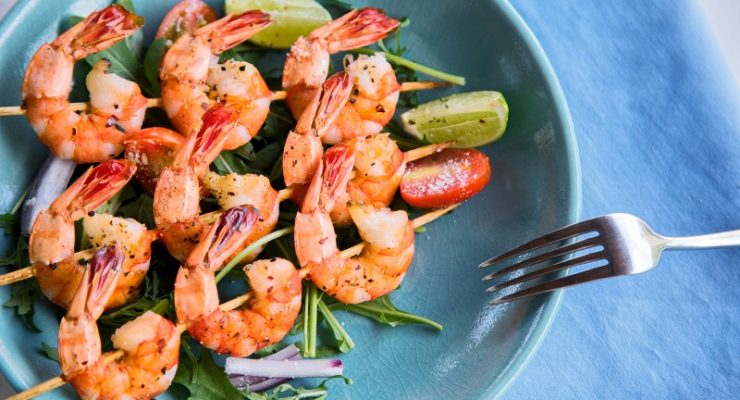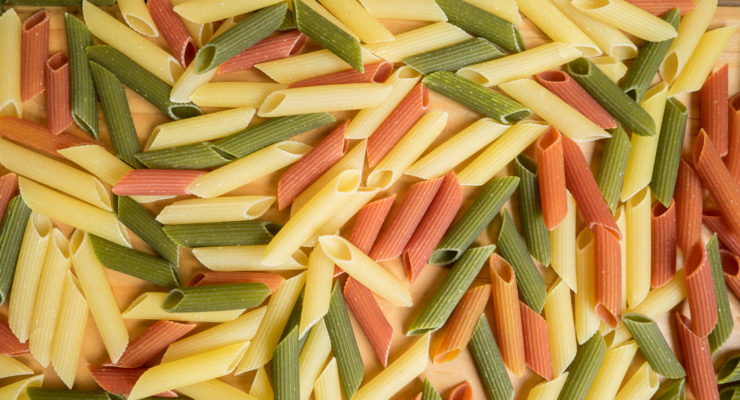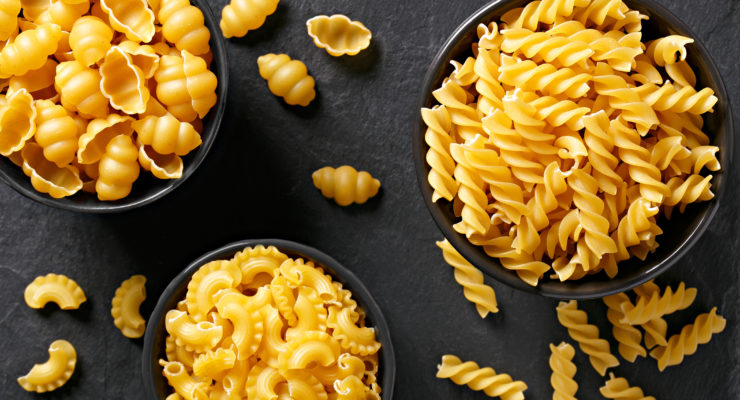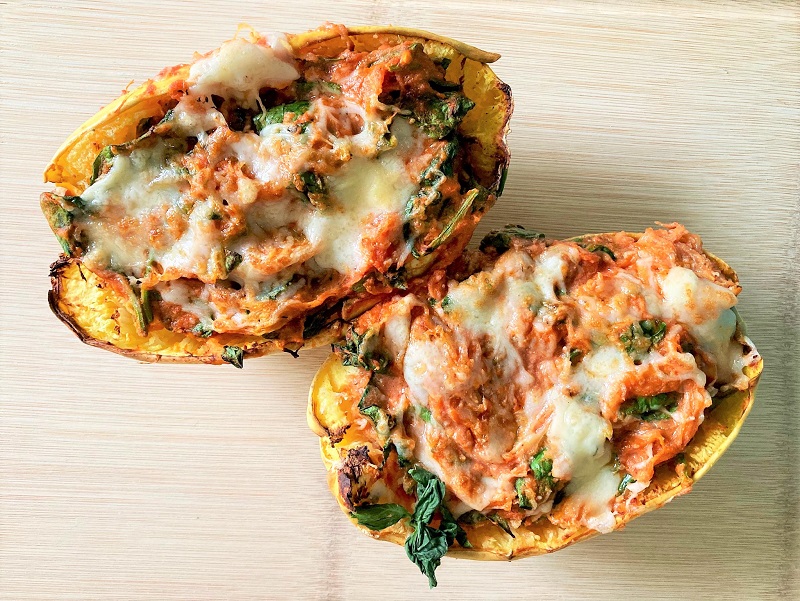
Luke Bryan feels at home on the road. Whether that means being on tour, performing to thousands, or hitting the pavement on his bike. For the Nashville native, cycling is an escape from the digital world and a low-impact means of staying strong.
“I’m a big guy,” says Bryan, who stands at 6’2. “I used to love jogging, but if I hit the stage after a long run, I would be feeling it in my knees. My concerts are very physical and the deeper I got into the setlist the more I would feel the toll of those miles.”
Now, Bryan doesn’t leave home without his wheels. We caught up with the country singer to talk about his love of cycling, fitness on the road, and completing his first century ride.
Men’s Journal: How has your relationship with fitness evolved over the course of your career?
Luke Bryan: You know, during the start of my career, when I was in my early 20s, I could just drink a few less beers and lose 12 pounds. Even into my 30s it didn’t take too much to get my body into a good place. Now that I’ve hit my 40s, it takes more; it’s trickier. You have to be a little more conscious about what you’re taking in. And you have to make sure to stay as active as you can.
How have you trained in the past?
I remember when I moved to Nashville in 2001, I felt like I was a little overweight, so I started jogging a lot. I would run somewhere around five or six miles daily, then I would go play a lot of basketball with the guys. I got into the best shape of my life around that time. On top of that I tried all of these workout programs like P90x and Insanity, but started to feel the aftereffects of them in my joints. That had a lot to do with how I beat my body up in my youth working for my dad, spending my days just picking up heavy stuff. The runs started to leave me in pain too. I needed to find another way to stay moving.
How did you find your way to cycling?
It really happened about five years ago. I met [former professional racing cyclist] Robbie Ventura and [entrepreneur] John Cassimus, who is also a big rider. We all shared a mutual friend Sam Bell, who’s also a great rider, and owned Blackberry Farm in Nashville. He sadly passed away after a skiing accident at an early age. So it became about paying homage to Sam and becoming more familiar with what he was passionate about. That’s one of the entry points into cycling.
What do you enjoy about it?
First off, having a family while also being on the move so much, and having to travel constantly, you want to savor every second you can. So the fact that I can walk out to my garage, get on my bike, and immediately be working out is a huge benefit—rather than having to get into my car, commute, park, and try to squeeze in a session. Next I would say I love cruising in my neighborhood. From my house going south it’s just some of the best road cycling you could dream up. The roads are built on this hard Tennessee limestone—real smooth, no cracks or bumps. The hills are incredible, especially in the fall when the leaves are changing. There are these great routes where you go under amazing canopy.
Do you have a favorite local cycling route?
I love a ride at the beach. My friends at Trek sent me a beautiful fat bike, perfect for cruising through the sand. I inflate those big ‘ol tires to about 5 or 10 PSI and just get down by the water. That’s especially fun because you don’t have to worry about traffic, parking, and if you fall because you aren’t going to get too hurt. I like doing a little one-hour trip to the beach. Ride around, jump in the water, then an easy one-hour ride back. It doesn’t get much better than that for a day activity.
How do you get your cycling in and stay fit on tour?
I have a closet that I store my bike in when I’m on the road. I also have a Wahoo KICKR stationary that I can use when I can’t make it on the road and want to stay safe. I’ve been using that Wahoo for over three years at this point. I’ll get on Swift and try to beat my times, see what my guys have done. Either way I try to get about an hour or an hour and a half in the seat. I also have a trainer who I bring on the the road with me, Brad Roby at Shed Fitness. I’m always moving on tour, so it’s not too hard to stay in shape.
Do you listen to music?
I love music, but I think it’s really important to be able to hear the road, especially when I’m riding somewhere I’m not familiar with. So I try to avoid headphones, but I’m able to clamp my phone onto my handlebars, so sometimes I’ll put the music over the speaker. I don’t really need music to pump me up though. I get a lot from just hearing the wind out in nature. It’s important to have those mental escapes from time to time.
Have you come up with songs on your rides?
I’ve definitely written songs on rides. I always have my iPhone in my back pocket so when I have a moment of inspiration whether it’s music or lyrics, I’ll record it. I have these little voice notes of me singing with the wind in the background. Being out there, in nature, with your mind quiet, there’s no better situation for inspiration. There have been many times where I’ve called song-writing friends from my bike to discuss ideas.https://www.instagram.com/p/CD2dFzbli5Z/embed/captioned/?cr=1&v=12&wp=658&rd=https%3A%2F%2Fbodyweightloss.com&rp=%2Farticles%2F2020%2F08%2F19%2Fluke-bryan-on-staying-fit-over-40-and-completing-his-first-century-ride%2F#%7B%22ci%22%3A0%2C%22os%22%3A9843.769999977667%7D
What was the motivation for doing your first century ride?
I’ve been doing some pretty long rides recently, going out around the house and doing 40 or 50 miles. A few of the guys I know who watch my numbers and stats came to me and said I was ready for the 100 miles. I wasn’t so sure, but I couldn’t turn it down. I also have a Trek Madone perfectly fit for me, which makes the miles easy.
How did you prepare for it?
We rang up a local trainer, Dave Carpenter, who works with triathletes, and he built us a course based off the routes we were going to be hitting. I did the ride with Robbie Ventura, who has quite a few [century] wins under his belt, I think like 50 or 60 of them. He rode for the Postal Service team. Now he owns a training company up north of Chicago called Vision Quest. There were six of us riding, and everyone else had done multiple century rides, so I was definitely in good company. There was even a doctor in the crew, so if something happened we were covered.
How did the ride go?
We did it under six hours. We started at my house, at around 6 in the morning. There was a nice fog outside. The whole ride was magical honestly. The sun was behind clouds most of the time, but by noon it was starting to get pretty hot, which made it a little more difficult. We actually ended up riding for 105 miles.
What did you enjoy about completing the century?
It was unlike anything I’ve ever done before. I really liked challenging myself to that degree, in terms of endurance. The real great part started on the 50th mile. I had never gone farther than that on one of my solo rides, so it was pretty cool that, for the whole second half of the ride, every single mile was a new personal best. Even when the miles were challenging, that idea really helped propel me on.
How did you celebrate the completion?
To get that sodium and carbs, we ordered a bunch of sushi to the house, along with some noodles and lo mein, and a couple beers to wash everything down. Nothing after a good long ride than a nice cold beer. I have my own label called Two Lane Lagers, so that’s the brew of choice.





